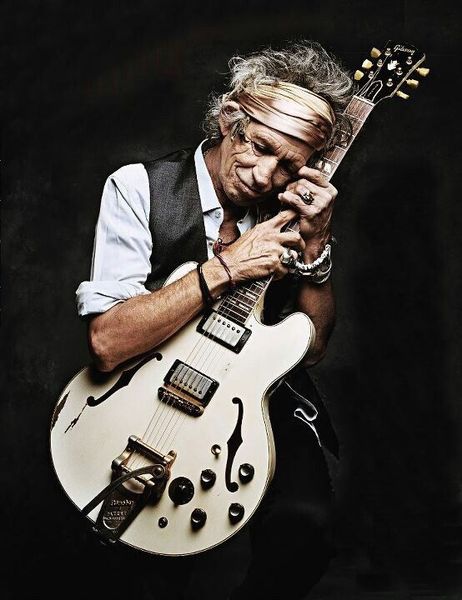

"Words of Wonder" taps into Richards' love of heartbeat reggae, while "Yap Yap," "Hate It When You Leave," and "Demon" reveal his gentler passions. The grungy "999" projects a looseness worthy of Exile on Main Street. He co-produced his second solo album with guitarist Waddy Wachtel and drummer Steve Jordan, who shared songwriting and production credits with Keith on 1988's Talk Is Cheap and Keith Richards and the X-Pensive Live at the Hollywood Palladium.Īlthough no other Stones appeared on Talk Is Cheap, Guitar Player called it the best Stones album in 17 years, and Main Offender mines the same vein. Music editor Jesse Gress and I met with Keith a few days after Richards finished mixing Main Offender. Like his guitar playing with the Rolling Stones and the X-Pensive Winos, Keith's thoughts are intuitive and funky, stripped down to the essential. Keith laces his answers with wheezy, rascally laughs and reckless cigarette jabs, and no subject seems taboo. In the group's early career, Jones sang backing vocals before Richards primarily took over that role.Despite his skull ring and knuckles-in-your-face stance, rock and roll's ultimate outlaw proves to be a charming conversationalist, equal parts rogue, seer, cultural historian and Peter O'Toole in My Favorite Year. On his final recordings for the Stones he used an autoharp on "You've Got The Silver". Jones played the Mellotron on several Stones tracks, including the single " We Love You" and the albums Their Satanic Majesties Request and Beggars Banquet. He played a variety of other instruments, particularly in the studio, including sitar on " Street Fighting Man" and " Paint It, Black", organ on " 2000 Man" and " Let's Spend the Night Together", marimba on " Under My Thumb", " Out Of Time" and " Yesterday's Papers", recorder on " Ruby Tuesday", trumpet on " Child of the Moon", Appalachian dulcimer on " I Am Waiting" and " Lady Jane", and oboe and saxophone on " Dandelion". Jones played the harmonica in the group's early days, and doubled on piano and slide guitar. He also used a Gibson Firebird, a Gretsch White Falcon, Les Paul, Rickenbacker 360/12 and a Telecaster. He used this up until 1965 when he switched to a Vox Prototype Mark IV or "Teardrop" guitar, which is the guitar he is most commonly associated with. Since 1980, Richards has used other guitars besides the Telecaster, including a Les Paul Junior and Gibson ES-335.Ī Vox Teardrop guitar, as used by Brian Jones Guitars īrian Jones used a Harmony Stratotone in the early days of the Stones playing the Blues clubs, replacing it with a Gretsch Double anniversary in two tone green. The "Hot Rod" Tele was used on the Love You Live album in the songs with Open G tuning. The Deluxe was used on the Exile On Main Street tours and Richards was featured in a Fender advertisement promoting the model. He used several other Telecasters on tours and in the studio but primarily the Telecaster Deluxe and a so-called "Hot Rod" Telecaster. Richards replaced the original stock single-coil neck pickup with a Gibson PAF humbucking pickup in 1972.

His favourite model is nicknamed "Micawber" which he received on his 27th birthday (18 December) as a gift from Eric Clapton. On the late 1969 tour he acquired an Ampeg Dan Armstrong model and he used this during the live recording of Get Yer Ya-Ya's Out!.įrom 1970 onwards, Richards began using Telecasters as his main onstage guitar.

For The Stones in the Park, he played an Epiphone Casino and a Gibson Flying V. In the late 1960s, Richards played a three pickup Les Paul Custom and began to use Fender Telecasters. Richards' use of the Les Paul in a British rock band helped popularise the model and ultimately lead to production resuming. He used this Les Paul live, switching to a Custom model in 1966. After the Stones became successful in the US, Richards acquired a Gibson Firebird and a 1959 Les Paul with a Bigsby Vibrato system. Keith Richards used a Harmony H72 Meteor on early tours, before switching to an Epiphone Casino. A copy of "Micawber", Keith Richards' signature Telecaster model, in the Fender Guitar Factory Museum


 0 kommentar(er)
0 kommentar(er)
